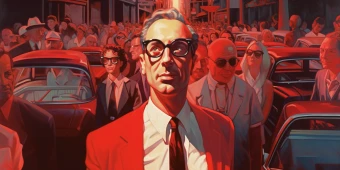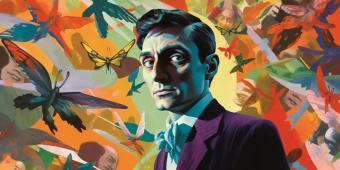The Great Gatsby Study Guide
by F. Scott Fitzgerald


The Great Gatsby: Infographic
Table of contents
- Character Map
- Timeline
- Old Money vs New Money
Character Map

Timeline

Old Money vs New Money
In The Great Gatsby, author F. Scott Fitzgerald portrays two types of wealth: Old Money vs New Money. Old Money refers to those who have inherited their wealth, typically from their families, and have a long-standing social status. New Money refers to those who have recently acquired their wealth, usually through business ventures, and are trying to establish their social status. The differences between Old and New Money are highlighted through the characters in the novel.
Here is a comparison table of the two types of wealth:
| Old Money | New Money | |
| Definition | Inherited wealth passed down from generation to generation | Newly acquired wealth through business ventures |
| Social Status | High social status with established connections in high society | Social status still being established and may not be accepted by Old Money |
| Values | Traditional values such as duty, honor, and family heritage | More concerned with displaying wealth through material possessions |
| Attire | Formal and conservative clothing | Flashy and ostentatious clothing |
| Homes | Large, established estates with history and tradition | Extravagant mansions with newly acquired wealth |
| Leisure activities | Sophisticated and refined leisure activities such as polo and yachting | More ostentatious leisure activities such as wild parties and excessive drinking |
| Language | More formal and refined language | More informal and colloquial language |
| Relationships | Typically marry within their social class and value loyalty and stability | More open to marrying outside of their social class and value appearances and social climbing |

We can help you get a better grade and deliver your task on time!
- Instructions Followed To The Letter
- Deadlines Met At Every Stage
- Unique And Plagiarism Free


 A Good Man is Hard to Find
A Good Man is Hard to Find
 The Metamorphosis
The Metamorphosis
 Othello
Othello